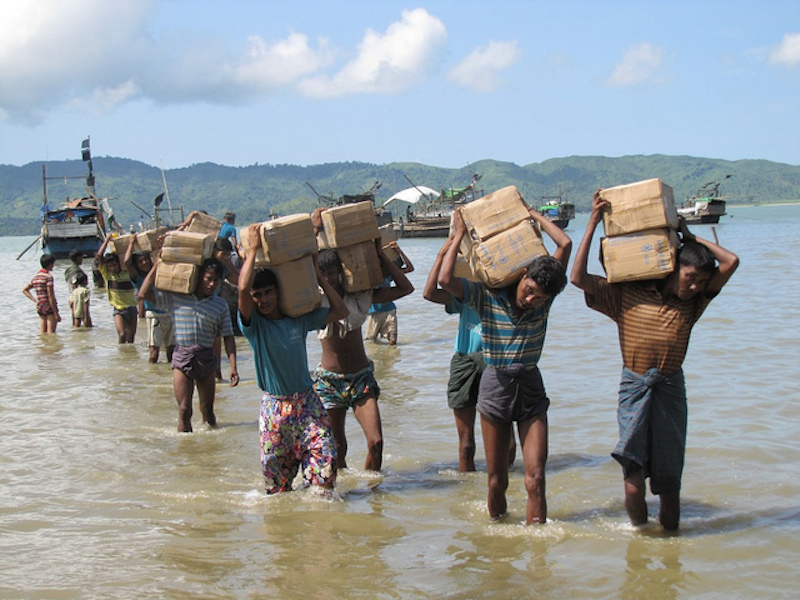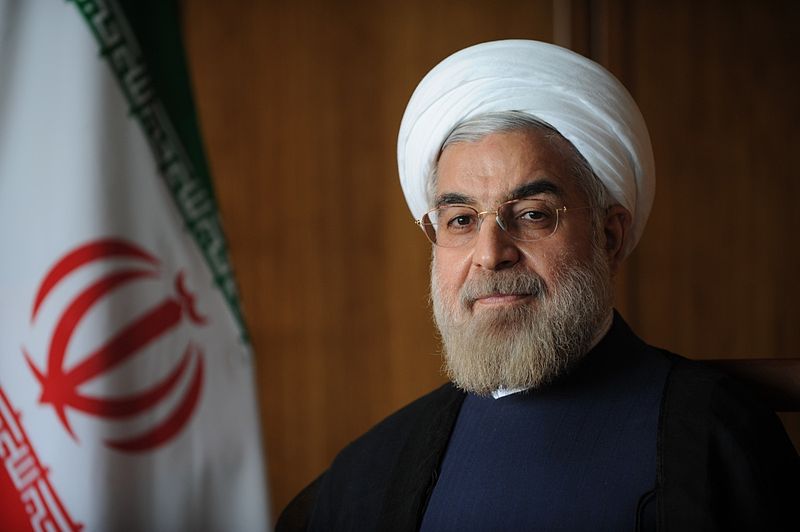F
ollowing its rapid expansion across Iraq and Syria in the summer of 2014, the Islamic State in Iraq and al-Sham (ISIS) has acquired rapid notoriety in the realm of Islamists.
Its demonstrated success, coupled with a substantial ‘Public Relations’ campaign swiftly elevated the entity’s profile, overshadowing the seemingly archaic Al-Qaeda. Since then, radicalized Muslims from around the world have made the journey to the newly created ‘Caliphate’ to take arms against its enemies.
At the same time, preexisting Islamist terrorist groups have been pledging allegiance to ISIS ‘Caliph’ Abu Bakr al-Baghdadi across the Islamic world, creating new ‘franchises’ of the organization beyond the Levant. While these new cells do not pose a significant threat to the sovereignty of their respective states, their affiliation to the ISIS ‘brand’ has the potential to catalyze radicalization and recruitment within their local communities.
Beyond Iraq and al-Sham
In September 2014, Abu Slimane, leader of ‘Jund El Khalifa’, or ‘Soldiers of the Caliph’- a breakaway cell from Al Qaeda in the Islamic Maghreb- was one of the first leaders to associate himself with Baghdadi, doing so in the most ISIS way possible: His group released a graphic video on Youtube portraying the decapitation of French tourist Herve Gourdel in Djurdjuran, Algeria. Dalia Ghanem-Yazbeck explains that Abu Slimane “knew that ultra-violence was the means by which he would be noticed,” adding: “He is an opportunist who is riding the ‘Da’eshist’ wave.”
Similar events have also occurred in Egypt’s Sinai Peninsula, where the group ‘Ansar Beit Al Maqdis’, or ‘Champions of Jerusalem’ declared its fealty to the ISIS. Since then, Baghdadi has claimed the ‘Province of Sinai’ as part of its territory, and the group has staged brazen attacks on police stations and local army garrisons. The new affiliates have also begun to engage in ISIS-like warfare and PR campaigns, posting graphic videos that easily could have been shot in Iraq or Syria.
So far the most successful of these cells has been ISIS’s branch in Libya. In October 2014, ‘Majlis Shura Shabab Al-Islam’, or ‘Shura Coucil for the Youth of Islam’ joined ISIS, making the territory it already occupied- notably the city of Derna in the East- the ‘Caliphate’s’ first possession outside the Levant. Though their presence there has faced consistent resistance from Libyan civilians, and they were eventually forced out of the city, their ability to reach as far as Misurata and their continued presence in the country remains a worrying sign of what ISIS’ decentralized strategy could accomplish.
ISIS was also able to acquire ‘franchises’ in Yemen and Saudi Arabia. It even stretches outside the Arab World, receiving oaths of allegiance from Nigeria’s Boko Haram, and establishing footholds in Afghanistan and Pakistan. Recently, ISIS has gone as far as targeting advertisements in Somalia to encourage local Muslim jihadists to join its cause: In a video released in May 2015, a man speaking Somali promises the people of Somalia that the Islamic State will “decapitate Ethiopian Christians who have afflicted you with the worst torment”.
Prospects and Side Effects
All the foreign cells recently affiliated to ISIS seem to have one common characteristic: They all hale from intermittently, if not perpetually, unstable states. Still, the prospect of success for most of these groups seems rather improbable.
In both Iraq and Syria, the Baathist regimes of Saddam Hussein and Hafez al-Assad were brutal towards Islamist groups during their reign, reducing them greatly. Al-Qaeda in Iraq (IQI) only came to prominence after the US-led invasion of Iraq in 2003- Baghdadi’s ISIS later spawned from IQI after disagreements.
The unstable conflict-ridden situation in Iraq, along with the absence of any proper Islamist rivals, allowed the Islamic State to expand in northern Iraq with almost no resistance. The analogous situation in Syria facilitated the ‘Caliphate’s’ enlargement across the border.
These particular conditions are at most partially present elsewhere in the region. In Egypt, Yemen, Somalia, and Algeria, the embryonic ISIS cells face stark rivalry respectively from: the Muslim Brotherhood, the Houthis, Al Shabab, and Al Qaeda in the Islamic Maghreb. Not to mention, both Egypt and Algeria maintain strong military states with experience in combatting Islamist decent. Cells in Libya have the highest potential to succeed as they are faced with a fractured government, and recently formed rivals.
Although the foreign support shown to ISIS seems mostly symbolic, the high profile its been give is more likely to have lasting effects. These new ‘franchises’ seem to be bandwagoning with the Islamic State to increase their own profile within their respective states. Their increased media attention will undoubtedly facilitate their recruitment process within local communities, perpetuating radicalization.





